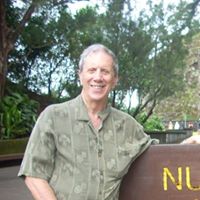Which of the following kitchen appliances was used to help create the first polio vaccine?
Although the same isn’t true today, polio used to be one of the most feared diseases around. At its peak in the 1940s and 1950s, poliomyelitis (polio for short) paralyzed or killed over half a million people worldwide each year.
Fortunately, the number of polio cases diagnosed around the world has declined considerably in recent decades, thanks to preventative vaccines. While there are still some parts of the world that are considered a higher risk for exposure to polio, many countries have eradicated the condition almost entirely. We no longer see the large-scale polio outbreaks that occurred in the mid-20th century.
Two types of polio vaccines are still used worldwide today to prevent the disease. They are: the Salk vaccine, an inactivated poliovirus introduced in 1955 and given by injection (IPV) and the Sabin vaccine, a weakened poliovirus given by mouth (OPV).
Dr. Jonas Salk (1914-1995) used a specially-built “Waring Blendor” (as it was then known) to help him create his polio vaccine. The appliance had been initially designed to create milk shakes. However, Dr. Salk foresaw another use. Upon his request, the special “Waring Aseptic Dispersal Blendor”, a sealed, stainless steel container for scientific laboratories, was constructed, then used by Salk to prepare culture media used in developing the first polio vaccine. He pureed the dead polio virus with a serum, which then got injected into a patient, effectively preventing the virus.
More Info:
libraries.psu.edu


